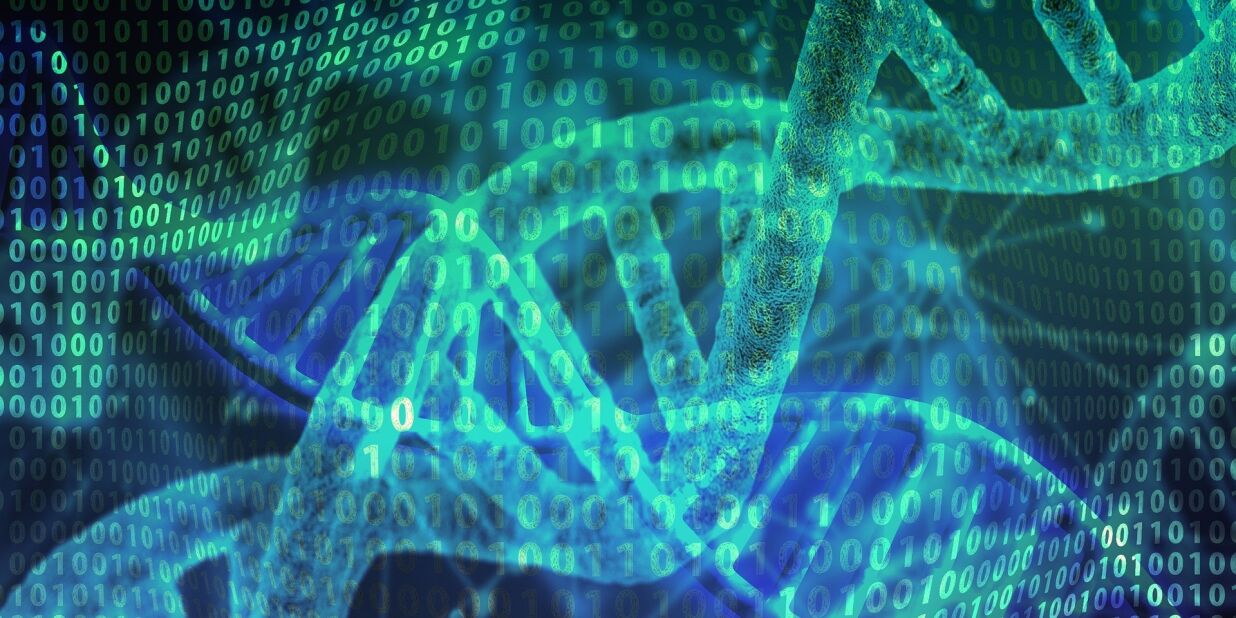It’s nearly impossible to determine the amount of valuable data that healthcare’s many stakeholders are sitting on, unaware of how to make it accessible and actionable. That’s the task of healthcare technology leaders: identifying and freeing data, one project at a time. But, as UC Davis Health’s Michael B. Marchant can attest, overcoming that challenge is worth every bit of effort.
As the organization’s director of health information exchange and system integration, he was charged with streamlining how physicians access genomic data reports, which provide detailed insights that enable better care decisions for patients with cancer and other complex conditions. After much thought, Marchant and his team decided that the best course of action was to link genomic data reporting to the electronic health record (EHR) system, in a searchable format. If this information lived in patient charts, it could unlock a greater level of personalized medicine.
For this episode of Healthy Data, a podcast series by InterSystems, we spoke with Marchant to learn how UC Davis Health executed this vision, why the initiative matters, and its implications for the future. Here are a few high-impact takeaways:
• Seamless data exchange enables doctors to access critical insights without leaving the EHR. That has eliminated the burden of hunting down clunky records, meaning physicians more likely to find and use genomic data reports.
• By linking the EHR to a clinical trials database, technology empowers physicians to connect patients to innovative care, depending on their specific needs.
• Timely genomic data reporting, bolstered by notifications, means stronger, more personalized care.
When we spoke with Marchant, the coronavirus pandemic was only beginning its devastating march through U.S. hospitals. Since then, he and his team have raced to support UC Davis Health’s expanded telemedicine efforts, 5,000 staff members who began working remotely, and more than 100 technology changes required to enable COVID-19 screening, treatment, and reporting.
Despite their rapid-fire response to the crisis of our time, Marchant and his colleagues have continued to steer quicker and more accessible genomic data reporting across the organization. Today on Healthy Data, we cover their innovative approach—and what the rest of us can learn.
Read the latest blog posts on PULSE.
Subscribe to the InterSystems Healthy Data podcast series.
About the Hosts / Authors

Jack Murtha is a digital storyteller who specializes in the intersection of healthcare and technology. Connect with Jack on Twitter.

Amid relentless hype, Tom Castles is drawn to those who take relentless action. For more than a decade, he has made a living helping action-oriented people and institutions craft their stories and build strategies that position them to earn the attention they deserve—all in the name of progress toward a more equitable world. Want to catch up? Connect with Tom on Twitter.






























